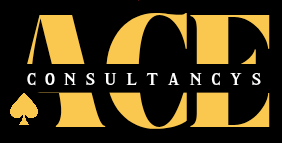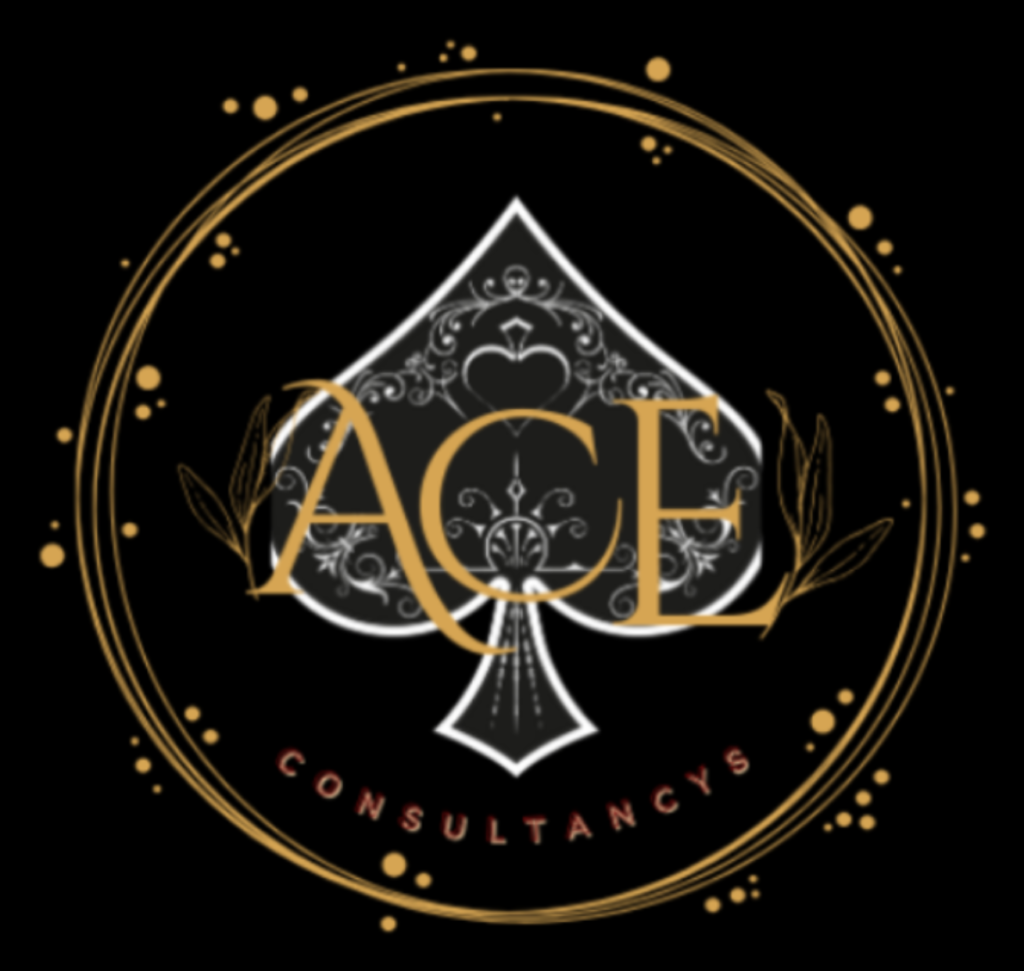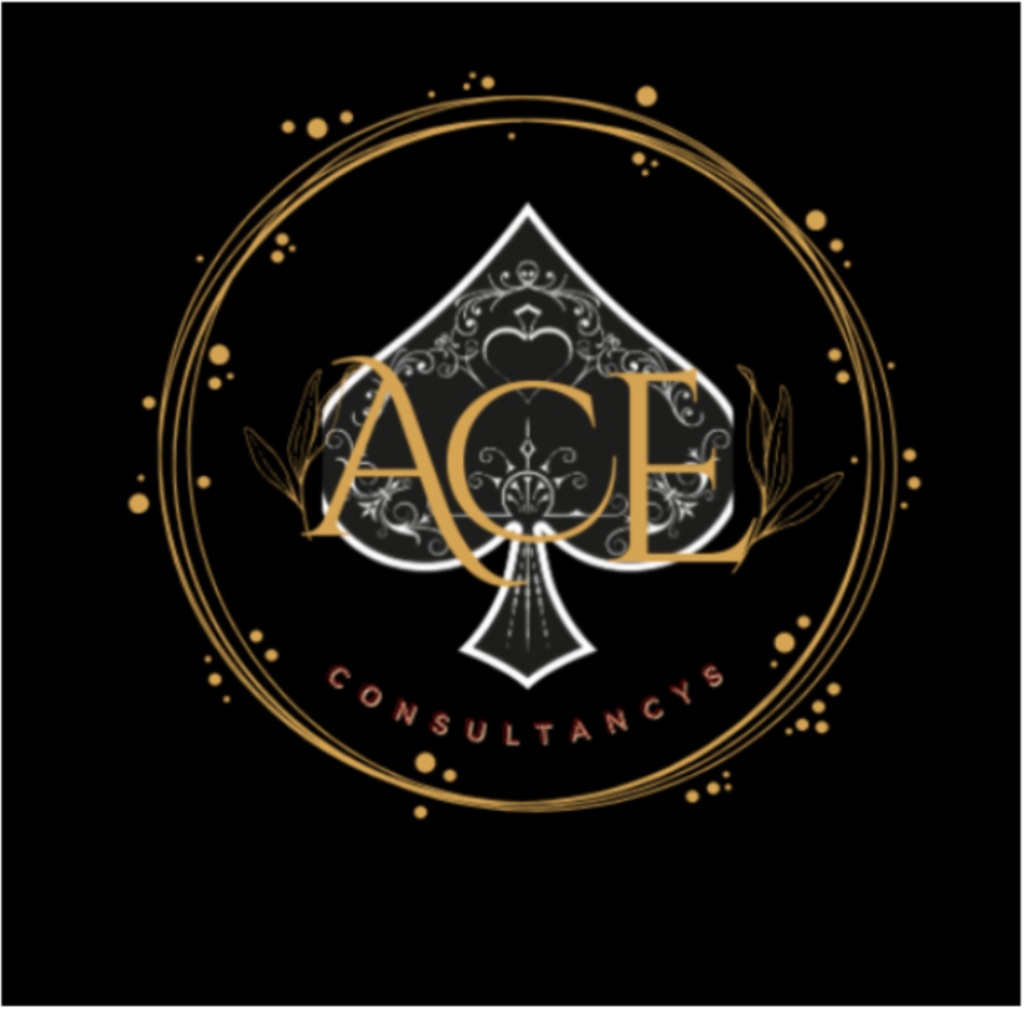Whether you’re an experienced content creator or just starting, having an organized content calendar can be your secret weapon for staying on track, engaging target audiences and achieving goals. Imagine having a roadmap guiding you through all the content possibilities, ensuring you never miss a beat and ideas come to life at just the right times! That’s what a content calendar provides. This is a plan for your journey in creating content. It’s like putting together a puzzle where each piece represents a blog, video or other format, and together they create an impactful storyline which resonates with readers. Let’s take a look at how to craft an effective calendar that keeps your content fresh, engaging and aligned with your brand or business.
Importance of a Content Calendar
So, why is a content calendar important? An effective content calendar can act as a guiding light for you, showing the path for organized content management. This essential tool serves as a compass directing your efforts to ensure smooth sailing from idea to published content. With endless digital possibilities, a well-structured calendar can signify consistency, strategy and success.
Imagine having all your content neatly mapped out, scheduled and ready to create and share – from blog posts to social media to emails. A content calendar is more than a to-do list, it’s a strategic framework empowering you to maximize creativity and resources.
Studies show those following a content calendar have a 60% higher chance of success in their content marketing efforts. With proper planning and direction, a calendar smoothens
the process to reach goals through consistency in your message and formats.
Steps to Create a Content Calendar
Designing a content calendar is like creating a roadmap for your content journey. Follow these steps:
Step 1: Analyze your Past Performance
Before starting, review past content performance. Identify what worked well, resonated with readers, and fell short. These insights inform future planning.
Step 2: Choose your Content Type
Content comes in many forms from blogs to videos to social media. Determine which align with your goals and audience interests. For example, do readers prefer blogs or visual content? Tailor types accordingly.
Step 3: Research Keywords and Generate Ideas
Keywords are essential for discovery. Research topics people search for in your niche. Brainstorm ideas revolving around these keywords that provide value and meet audience needs.
Step 4: Select the Right Platform
Selecting the right calendar platform is important. Consider budget, team size and features needed. Choose a specialized tool or spreadsheet suited to your requirements.
Step 5: Detail Calendar Components
Customize calendar entries. Include author, deadlines, publish dates, platforms and asset links. This comprehensive approach accounts for all parts of creation.
Step 6: Create an Asset Library
Organization boosts efficiency. Set up a central repository for easy access and sharing of creative assets among team members to expedite production.
Step 7: Develop a clear Workflow
Efficient creation relies on a clear workflow. Establish an ideation, development, approval and distribution process. Define roles and responsibilities for a smooth journey from concept to publication.
Step 8: Bring Ideas to Life
With calendar and workflow ready, bring ideas to life. Produce engaging, brand-aligned content and share consistently as planned across selected platforms.
Tools for Content Calendar Creation
Here are some content tools to help yourself with content calendar creation:
1. HubSpot’s Excel Template
A free, simple option ideal for beginners. HubSpot’s template allows organizing content in a basic but effective Excel spreadsheet. It gets the job done.
2. Google Drive
Great for collaboration. Google Drive provides free templates and allows easily sharing calendars with your team for editing. Everyone stays connected.
3. Trello
Perfect for visual thinkers. Trello combines task management with planning. It offers calendar views alongside collaborative features in a user-friendly interface.
4. Evernote
More than note-taking, Evernote helps organize tasks, ideas and assets. It’s a comprehensive solution to streamline ideation, planning and streamlining content production.
All these platforms offer tailored features for organization. The HubSpot and Google templates provide basic solutions at no cost, while Trello and Evernote integrate additional functionalities for visual and collaborative task management throughout the creative process.

Tracking and Adjusting Your Content Calendar
Here are some tips for tracking and adjusting your content calendar:
- Review and Analyze Performance
Regularly assess how your content is doing using analytics. You should take a look at what topics resonate and which underperform to make data-driven decisions for your content.
- Adapt
Be adaptable to changes in life, trends and audience preferences. Leave room to modify the calendar.
- Seek Feedback From your Audience
Actively ask your readers what else they want to see. Their input can actually guide you to keep content relevant!
- Experiment and Innovate
Try new ideas like different formats, times or platforms. Innovation will keep your content fresh and engaging for your readers.
Conclusion
Connect with us for our guidance that can transform your brand’s presence. Now, you can master content planning too! A content calendar is more than a simple planning tool – it’s a strategic partner in the content creation process. Ensure the success of your online presence by following the steps above and use the appropriate platforms and tools you can find. Success is in the details, and a content calendar may assist you by implementing a strategic, valuable plan. So, with careful planning and organization, your content or business will resonate powerfully with your audience!
FAQ
A content calendar is a strategic planning tool that helps creators organize, schedule, and manage content across different platforms. It ensures consistency, aligns content with business goals, and improves efficiency by mapping out ideas in advance.
Popular tools include:
HubSpot’s Excel Template – A free spreadsheet template for beginners
Google Drive – Cloud-based collaboration for teams
Trello – A visual task management tool with calendar features
Evernote – A note-taking and organization tool for planning content
Regularly review analytics to assess performance, adapt to trends and audience preferences, seek feedback from your audience, and experiment with different formats, posting times, and platforms to keep content engaging and relevant.










